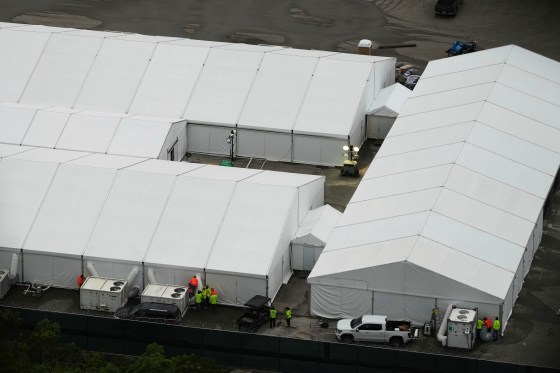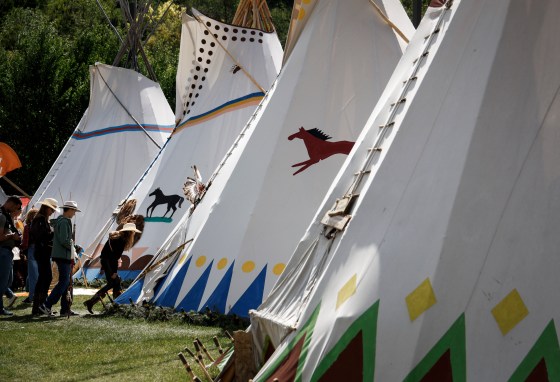FIVE STORIES ON TURTLE ISLAND
Last week, the ministers of the environment for the provinces of Ontario and Alberta asked Prime Minister Mark Carney and the federal government to “refrain” from reintroducing Bill C-61, a piece of legislation proposed by the Trudeau government that mandates Canada provide safe drinking water to First Nations.
In a letter addressed to federal Environment Minister Julie Debrusin, Alberta Environment Minister Rebecca Schulz and her Ontario counterpart Todd McCarthy said: “We are hopeful that this new federal government will move away from policies and legislation that undermine competitiveness, delay project development, and disproportionately harm specific provinces and territories without any quantifiable benefits to the natural environment.”
In response, chiefs in both provinces condemned the action, calling it “a direct attack on the rights, health and safety of First Nations.”
Reintroducing the bill was a promise made by Carney during the federal election. A spokesperson for Indigenous Services Minister Mandy Gull-Masty told media this week that despite the opposition from the two provinces, the federal government will indeed reintroduce the bill, which “affirms First Nations have a human right to clean drinking water.”
As of July 7, 2025, 37 long-term drinking water advisories are in effect in 35 First Nations communities, according to Indigenous Services Canada.
The 11th season of CTV’s The Amazing Race Canada won’t feature just a single Indigenous team, but three.
Indigenous teams have always done well on the reality game show, which first included an Indigenous team — model Ashley Callingbull and her father Joel Ground from Enoch Cree Nation in Alberta — on Season 4 in 2016 (they finished third).
Two previous Indigenous teams and co-teams have won, in Season 7 and Season 10. With Season 11 starting July 8, the three Indigenous teams include players from Saskatchewan, Alberta, British Columbia and Northwest Territories.
This past week, Manitoba welcomed Indigenous football players from across Canada for the Under-18 Indigenous Cup.
Hosted by Football Manitoba and played at local St. Vital Mustangs field, four all-star teams of Indigenous gridiron players from Alberta, Saskatchewan, Manitoba and northwestern Ontario squared off, with 27 players from Manitoba taking home the gold in a victory over Alberta.
For a few years now, my University of Manitoba colleague Gordon Goldsborough has been producing an incredible series of free videos called “Abandoned Manitoba” on the complex and often-overlooked history of the province.
Of course, these naturally include many fascinating stories of northern communities and Indigenous peoples such as stories of trade on the Red River, a long-forgotten seaport built in Port Nelson and the abandoned Kanuchuan hydroelectric generating station.
I have started to participate (as a historian myself) in some of these videos — check them out!
Dubbed “Alligator Alcatraz,” U.S. President Donald Trump’s immigration detention centre was built over eight days on a 11,000-foot-long decommissioned airport runway in the Big Cypress region of Florida — around 60 kilometres west of Miami.
The highly controversial facility, intended to hold individuals arrested by U.S. Immigration and Customs Enforcement (ICE), has over 200 CCTV cameras, more than 28,000 feet of barbed wire fencing, and is manned by a force of 400 military and law enforcement personnel.

The migrant detention facility dubbed “Alligator Alcatraz,” in Ochopee, Fla. (Rebecca Blackwell / The Associated Press files)
It was built without the consent, approval, or consideration of the Seminole Tribe of Florida and the Miccosukee Tribe of Indians of Florida, who claim the area and have for centuries. Both federally recognized tribes oppose the facility and have been joined by other tribes calling for its dismantling — even in Republican-friendly Oklahoma.
Outcry and anger against “Alligator Alactraz” are now uniting other environmental, human rights, and immigration groups with these Native American tribes against the facility.
IN PICTURES

Demonstrators take a stand against the federal government’s Bill 5 during a planned protest along Ontario’s Highway 17, a major transportation corridor north of Lake Superior, on Netmizaaggamig Nishnaabeg (Pic Mobert First Nation) territory in a July 3, 2025, handout photo. (The Canadian Press /Handout – Netmizaaggamig Nishnaabeg (Mandatory Credit)

Visitors enter a teepee in the Elbow River Camp at the Calgary Stampede on July 6. (Jeff McIntosh / The Canadian Press files)
RECONCILI-ACTION OF THE WEEK
Every week I highlight an action, moment, or milestone forwarding reconciliation, illustrating how far Canada has come — and how far the country has yet to go.
This week’s reconcili-action is the announcement by the Manitoba Métis Federation that they will display the “Our Grandmothers” collection in the Red River Métis National Heritage Centre at Winnipeg’s Portage and Main.
The collection includes more than 140 items dating as far back as 1830 and features items of cultural significance and history such as beadwork, clothing, horse blankets, and many other items.

The Manitoba Métis Federation unveils its newly acquired 142-piece collection, Our Grandmothers, on July 2. (Matthew Frank / Free Press files)
Collected over two decades by acclaimed author and artist Gregory Scofield, the collection of significant Métis artifacts will be available to view in early 2027 when the centre opens.
The centre will also offer several other experiences, including language and history displays, an archive and tours both inside and outside showcasing the rich history of the Red River Métis.
The Manitoba Métis Federation is one of the most important investors in Winnipeg’s downtown, owning approximately 600,000 square feet of building space and assets and employing more than 600 people there.
|

